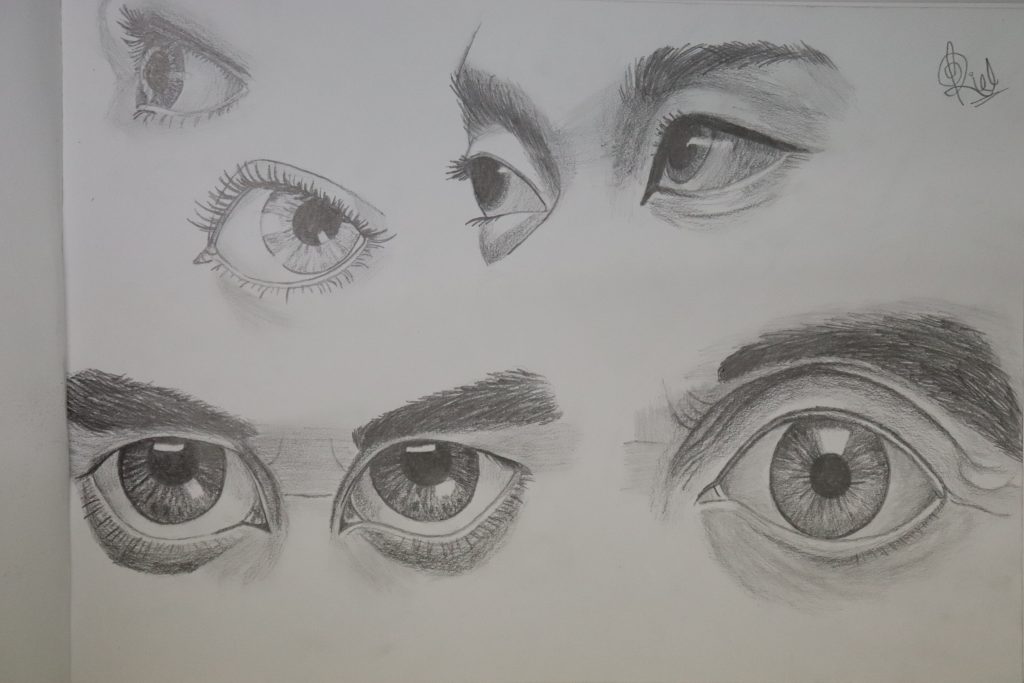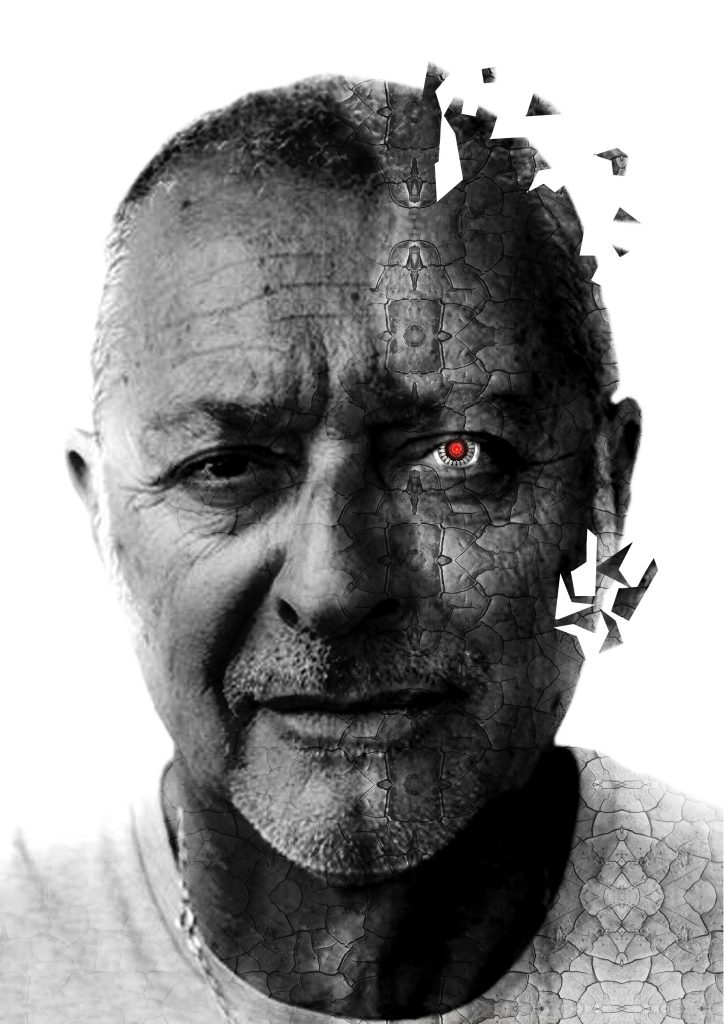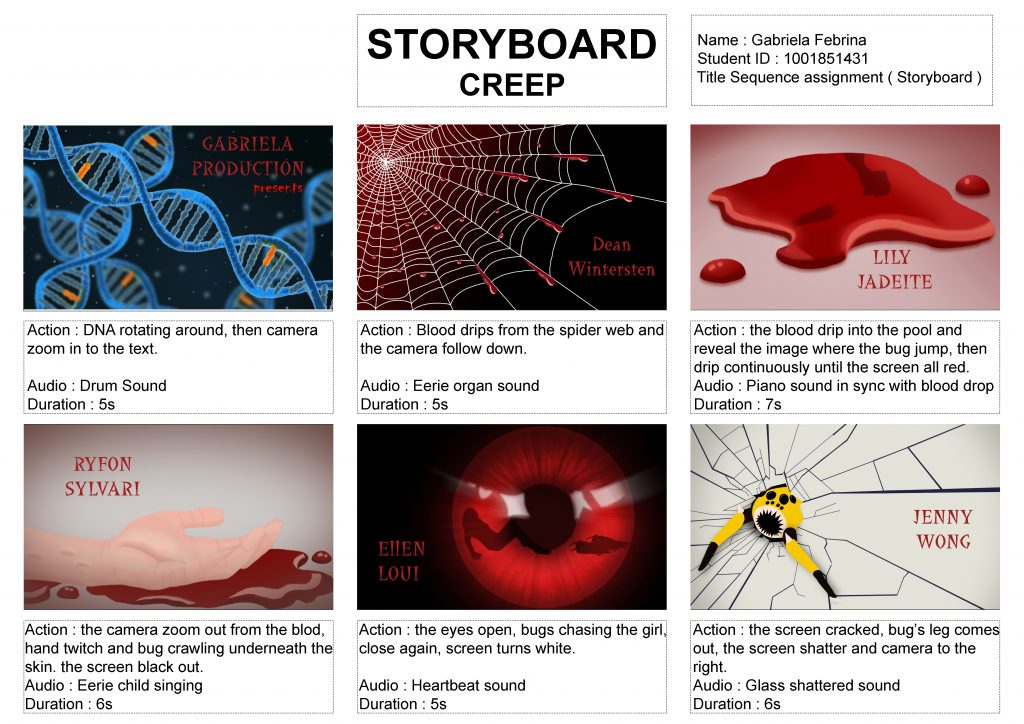3D Animation – What You Can Expect to Learn
Have you ever considered taking 3D Animation Design for your degree but ended up aborting your plan because you were scared? Well don’t worry! 3D Animation is not a high wall that you can’t climb, nor is it an obstacle you can’t tackle! It’s a mundane thing that you don’t have to be scared about!
There are so many things you may not know about 3D Animation, and these unknown factors may be the reason for you to shy away from this major. You may deem yourself incapable because you’ve never touched any 3D Animation software before, or you may fear the fact that you’re not good at drawing. But as I said, don’t worry! You’ll slowly learn these miscellaneous things in UCSI. The teacher will lead you step by step and let your learning start from the most basic knowledge.
In your first semester at UCSI, you’ll be taught the history of art through Art History; build up your drawing skills in Life Drawing, and familiarize yourself with the university through University Life. Art History and University Life are both writing-based courses which most will find boring. However, despite that boredom, these two courses are important aspects to broaden your knowledge, so make sure to at least pay attention to the core points in these two courses. The Life Drawing course is a practical-based course. Personally, this is one of my favorite courses. You will be taught the basic rules of drawing. There’s no right or wrong in this course, only proportionate or not proportionate. The thing you see is what you will draw, and to gain a more realistic and accurate result you have to look more than you draw. Each object and pose will have a different time limit and they can range from thirty minutes to two minutes. Armed with an easel, pencils, eraser, sharpener, and an A2 size drawing paper, you will find yourself getting immersed in the world of drawing for hours at a time while studying this course. You may not notice it, but after finishing this course you will your drawing will be faster and more accurate than ever before.

With drawing skills finally in hand, you’ll go a step further in the second semester. In the second semester, you will be taking Graphic and Image Editing, a course in which you will be taught how to use Photoshop, edit images and make appealing posters. This course will undoubtedly improve your visualization skill greatly. After finishing this course, you’ll find yourself being able to distinguish the little mistakes people make in their posters, judge the quality of others’ posters critically and most importantly, create your own high quality poster. Though you might be able to create a high quality poster at the end of the semester, your posters will still be far from perfect or industry-worthy. Hence, even after one semester of classes, you have to constantly practise what you have learned from this class so in the future, the posters you create will be industry-worthy,

Following that, you will finally touch one of the basic animation software in this second semester. The course is known as Traditional Animation, and as the name suggests, you will learn about how people made animation back in the day, way before advanced technology was used in the animation industry. Thus, after getting to know the growth of technology and animation, you’ll have to take things into your own hands and familiarize yourself with the concept of animation rules which are still being used today.
After reading and somewhat understanding the rules, you will have to create a short animation with the guidance of the lecturer. This will most likely be the point where you have an epiphany that animation is no joke and you realize how your criticisms towards the length and quality have been greatly unjustified. However, that epiphany will soon turn into dread as you have spend countless days and sleepless nights just to make a ‘short’ animation. BUT! As the saying goes, no pain, no gain! To improve yourself as a 3D animation student, you will have to persevere through this hardship!

Next, in the third semester, you’ll take another step forward, and learn how to turn a story inside your head into a well-made film. In this semester, you will mostly dwell with cameras and film editing software such as Adobe Premiere Pro. In the Post Production course, the lecturer will first introduce you to the work cycle involved when a post production department receives a rough camera clip file. In this period, the people in the department will do their magic by editing video, sound, color grading and others to transform the clip into a wonderful movie that pleases the client. In this class you will learn how to do those things with Adobe Premiere Pro.
There is also the Video Production course in which the lecturer will impart to you the knowledge of various camera angles used in film recording, the types of shots and many more. Besides the written theories, you’ll also have to use the knowledge you will gain to make your own video. During this process, you will have to try several angles and shots before finding one that suits the scene you are making and give the effect you desire. This class mostly involves you doing a lot of trial and error to get the knack of filming.
Besides that, you’ll also learn visual communication in this period. It is basically finding the correct way of conveying your idea to the audience through visual symbolism and colours. You’ll have to do a lot research on the internet for this and find several good pieces of artwork to serve as your guide.

In the fourth semester, you’ll get to know more about three dimensional stuff. First of all, you’ll be taking Drawing for Animation. As the name implies, you’ll learn how to draw dynamic objects in one point, two points, and three points perspectives. You may not know the reason, but a dynamic line will make an object more lifelike to the audience, which is important for animation. For example, a character which is drawn in a running position will appear more attractive and lifelike compared to a character drawn standing still. In addition to that, you will also learn sculpting in the Studio Based Learning course. This is one of the most important basic classes for your animation career, as this class will help you train your brain to imagine and visualize objects in a more three dimensional fashion. It also helps you train your patience and allows you to practise your hands to do detailed and exquisite tasks. Things may not seem easy in the first or second try, but it will gradually get better after some continual practice.
Then, you’ll be using all the knowledge you have gathered in the next semester and the semester after that where you will dive deeper into the world of animation by learning Maya and other animation software.
All in all, please don’t be scared. If you are interested in learning 3D Animation just dare yourself to come to UCSI and study it! Not good at drawing? Never touched 3D sofware before? Hah! Those are just excuses you unintentionally made up because you dare not to try! The lecturers here will guide you step by step and teach you how to do things! So don’t worry and just brace yourself for the struggles, harsh training and sleepless night!
